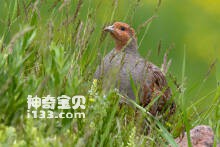
Perdix perdix
Perdix perdix,Grey Partridge
Grey Partridge (Perdix perdix) is known as Grey Partridge and has eight subs···

Tibetan Partridge
Tibetan Partridge,Perdix hodgsoniae
Alpine Partridge (Perdix hodgsoniae) is a Tibetan Partridge with four subspe···
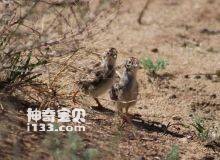
Perdix dauurica
Perdix dauurica,Daurian Partridge
Partridge (Perdix dauurica) is known as Daurian Partridge and has three subs···

Perdicula manipurensis
Perdicula manipurensis,Manipur Bush-quail
The Assamese Bush quail (Perdicula manipurensis) is known as Manipur Bush-qu···
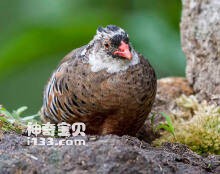
Perdicula erythrorhyncha
Perdicula erythrorhyncha,Painted Bush-quail
Perdicula erythrorhyncha, also known as Painted Bush-quail, has two subspeci···

Perdicula asiatica
Perdicula asiatica,Jungle Bush-quail
The Jungle Bush-quail (Perdicula asiatica) has five subspecies.Tubs usually ···
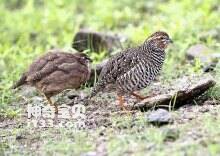
Perdicula argoondah
Perdicula argoondah,Rock Bush-quail
Rock Bush-quail (Perdicula argoondah) has three subspecies. Usually gathers ···
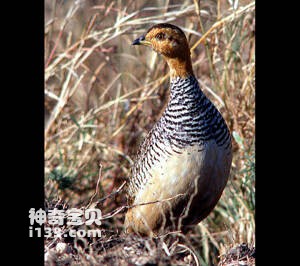
Peliperdix schlegelii
Peliperdix schlegelii,Schlegel's Francolin
The chestnut throat forest Partridge (scientific name: Peliperdix schlegelii···

Francolinus lathami
Francolinus lathami,Forest Francolin
The Forest partridge Francolinus lathami, which lives in pairs or small grou···
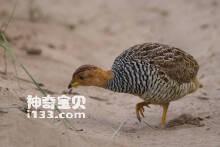
Peliperdix coqui
Peliperdix coqui,Coqui Francolin
The partridge (Peliperdix coqui) is known as Coqui Francolin and has four su···
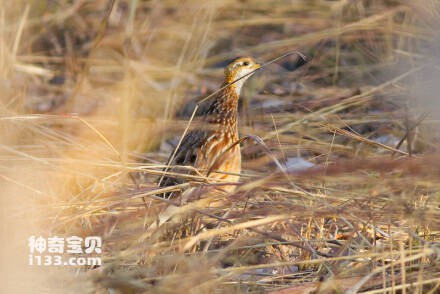
Peliperdix albogularis
Peliperdix albogularis,White-throated Francolin
The partridge (Peliperdix albogularis) is White-throated Francolin and has t···
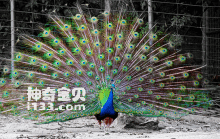
Pavo cristatus
Pavo cristatus,Common Peafowl,Indian Peafowl,Peafowl
Blue peacock (Pavo cristatus) Common Peafowl, Indian Peafowl, Peafowl, no su···

Ophrysia superciliosa
Ophrysia superciliosa,Himalayan Quail
The Himalayan Quail (Ophrysia superciliosa) is a medium sized pheasant bird ···
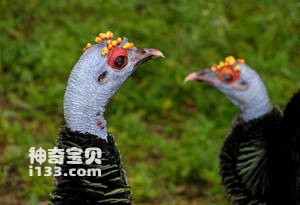
Meleagris ocellata
Meleagris ocellata,Ocellated Turkey
The Ocellated Turkey (Ocellated Turkey) is one of two species of Turkey with···
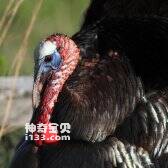
Meleagris gallopavo
Meleagris gallopavo,Turkey,Wild Turkey
The Turkey (Meleagris gallopavo) is known as Turkey, Wild Turkey, and has si···
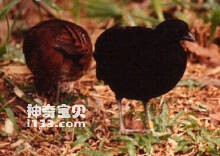
Melanoperdix nigra
Melanoperdix nigra,Black Partridge
Black quail (Melanoperdix nigra) is known as Black Partridge and has two sub···
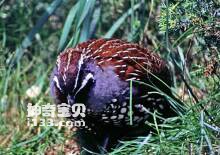
Margaroperdix madagarensis
Margaroperdix madagarensis,Madagascar Partridge
Its scientific name is Margaroperdix madagarensis and its foreign name is Ma···
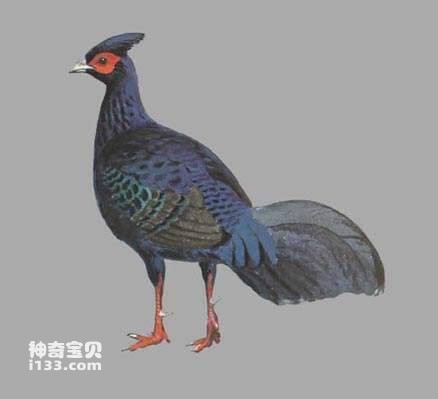
Lophura × imperialis
Lophura × imperialis
Lophura × imperialis, one of the world's rarest chickens, was discovere···
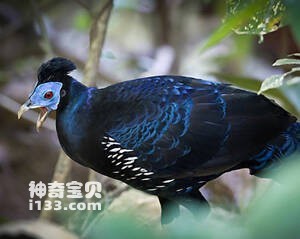
Lophura rufa
Lophura rufa,Malay Crested Fireback
Malay Crested Fireback (Lophura rufa), a single species without subspecies d···

Lophura pyronota
Lophura pyronota,Bornean Crestless Fireback
Bornean Crestless Fireback (Lophura pyronota), a single species without subs···

Lophura inornata
Lophura inornata,Salvadori’s Pheasant
Lophura inornata (Salvadori's Pheasant), usually in small groups of thre···
